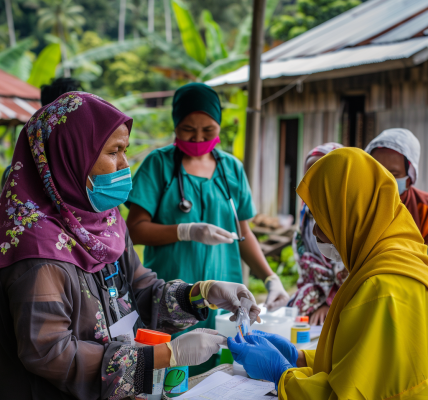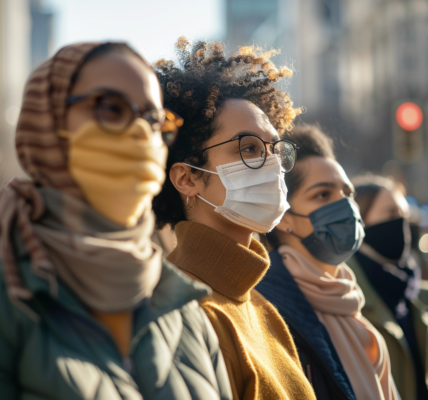Scientists at the University of Bristol have recently uncovered a groundbreaking discovery regarding the transmission of airborne viruses, such as SARS-CoV-2, in relation to carbon dioxide (CO2) levels. Their research sheds light on how CO2 levels impact the lifespan and spread of viruses through the air.
It has been established that viruses spread through small droplets released when individuals breathe, sneeze, or cough. These droplets act as carriers, transferring viruses from one person to another. However, new findings suggest that the chemical composition of these droplets plays a crucial role in virus survival.
Under normal circumstances, the fluid in these droplets is slightly alkaline, which aids in deactivating viruses over time. This alkalinity acts as a defense mechanism against virus survival. The introduction of CO2 as a variable in this scenario is significant. When CO2 interacts with the moisture in the droplets, it behaves like a mild acid, reducing the alkalinity of the droplets.
In environments with elevated CO2 levels, such as poorly ventilated spaces or crowded areas, the acidity in the droplets increases. This disrupts the natural self-cleaning process of the droplets, creating more favorable conditions for viruses to thrive and remain infectious for longer periods. This extended lifespan of viruses heightens the risk of transmission and subsequent infections.
The research highlights the importance of understanding the connection between CO2 levels and virus transmission. It emphasizes the following key points:
- Crowded, poorly ventilated spaces: Public transport, offices, and indoor events often have high CO2 levels due to close proximity and limited ventilation. Elevated CO2 levels decrease the alkalinity of respiratory droplets, enabling viruses to persist longer within them. This contributes to higher transmission rates, making crowded spaces potential hotspots for disease spread.
- Ventilation: Good ventilation plays a critical role in controlling virus dissemination. Introducing fresh outdoor air helps dilute CO2 and airborne virus concentrations indoors, reducing overall viral load and accelerating virus deactivation. Enhancing ventilation systems or opening windows can enhance public health safety in crowded environments.
- Climate change: The study underscores the broader environmental implications of rising global CO2 levels resulting from human activities like fossil fuel combustion and deforestation. The impact on public health due to prolonged virus survival in high CO2 environments underscores the need for proactive measures to address ventilation and air quality.





